Progress on "The sidings"
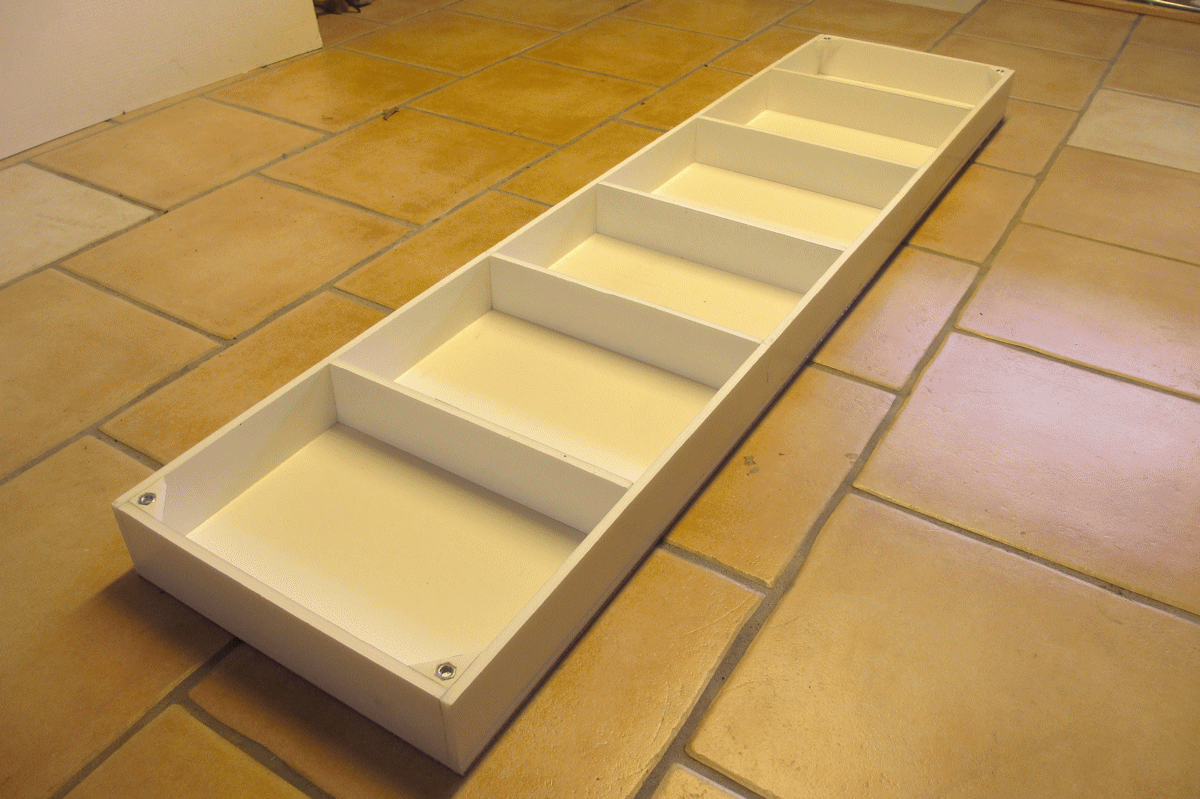
The management is pleased to report some progress on the sidings. The baseboard was built some time ago. It is 10 mm foamboard topped with cork, giving a nice light baseboard which weighs in at 900 grams. So far no warping issues.

The height adjusters are DIY – a simple bolt and screw, fitted with rubber pads for silencing cupboard doors. The latter are very handy, as they hold the legs firmly in place on all surfaces, and absorb vibration. There will be 8 of these in total when I’m done.
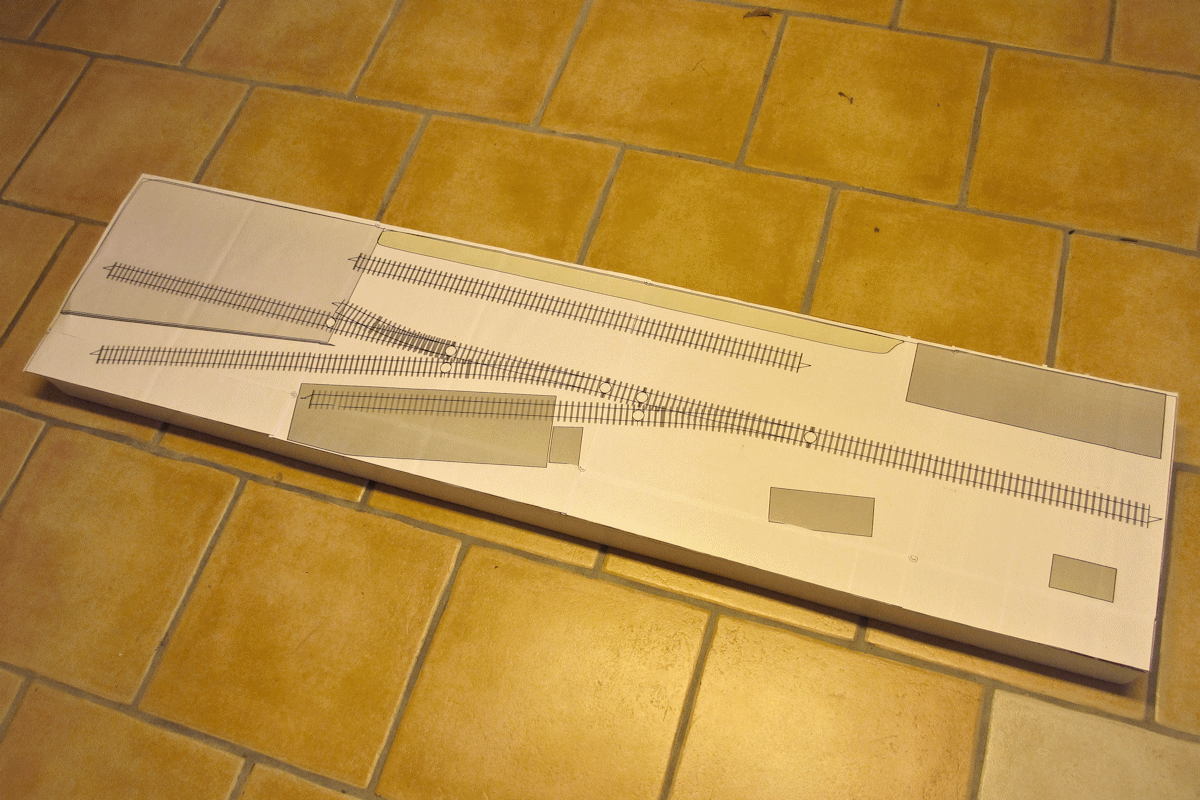
The original track plan was done in Anyrail for Peco code 75, in order to get a feel for things while I pondered how far I wanted to go in terms of track accuracy. I've decided to continue with C&L track components as used on my goods depot, and will give their turnout kits a try.
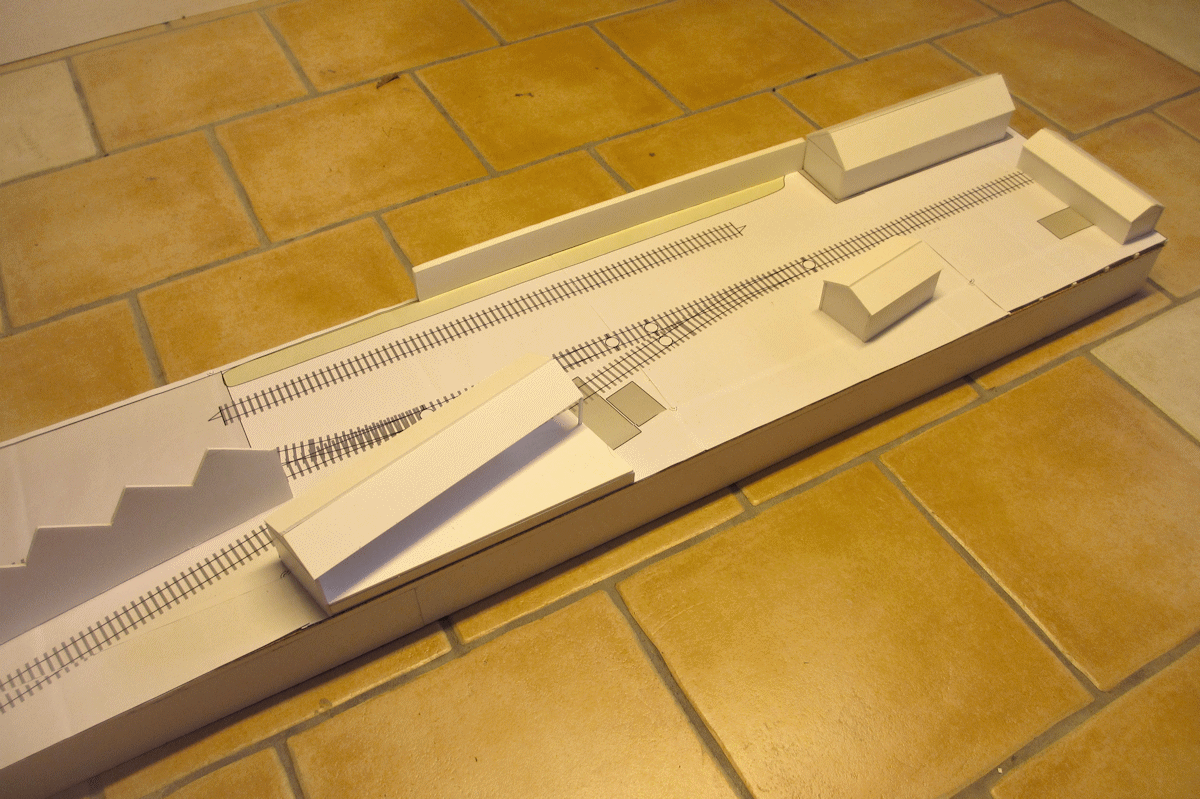
I’ve done mock-ups of the main buildings on the layout. This has been a very useful exercise and has led to various changes.
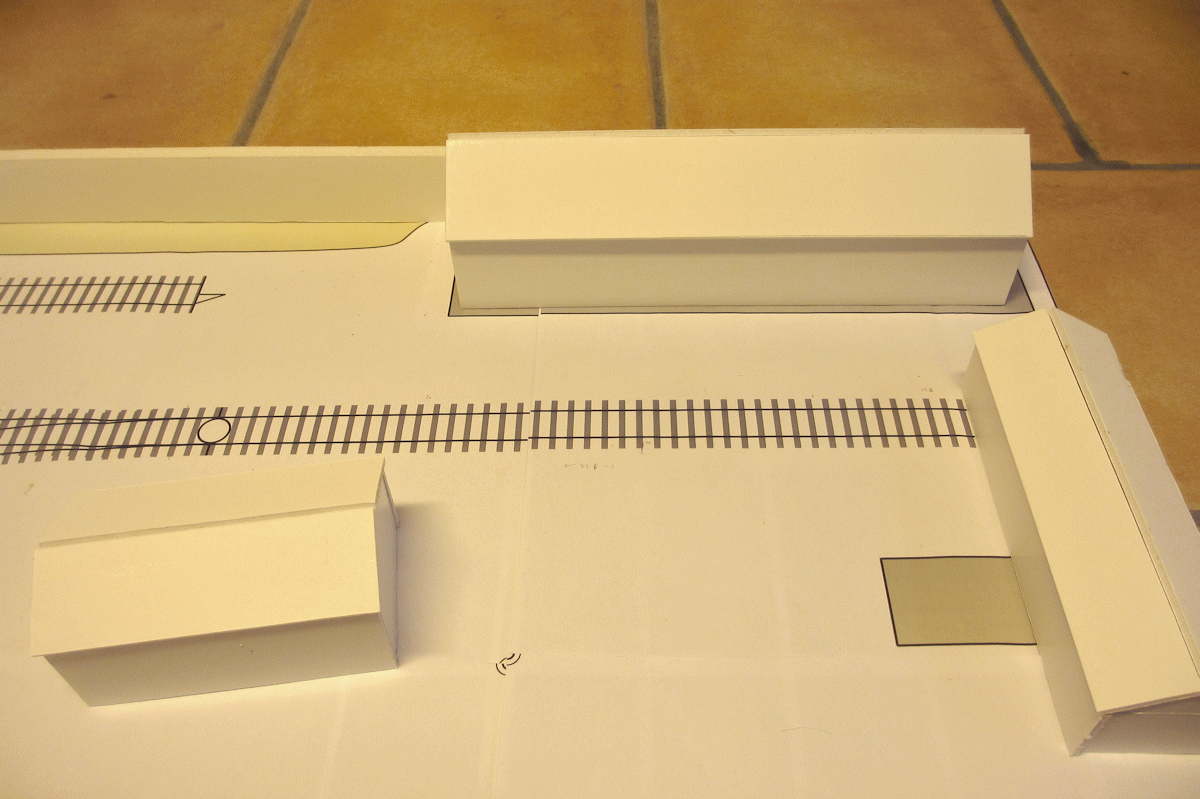
The large building at the back will be a stable block, based on the one at Uxbridge. This had 9 stalls and a storage room. The smaller building on the right is based on Captain Kernow’s photos of the checker’s cabin at Truro. I’ve worked out the approximate dimensions of the latter, based on a count of bricks and studying Google Earth. Many thanks to Boris, Ian, Job, Chubber and Captain Kernow for help with drawings and photos of these and similar buildings.
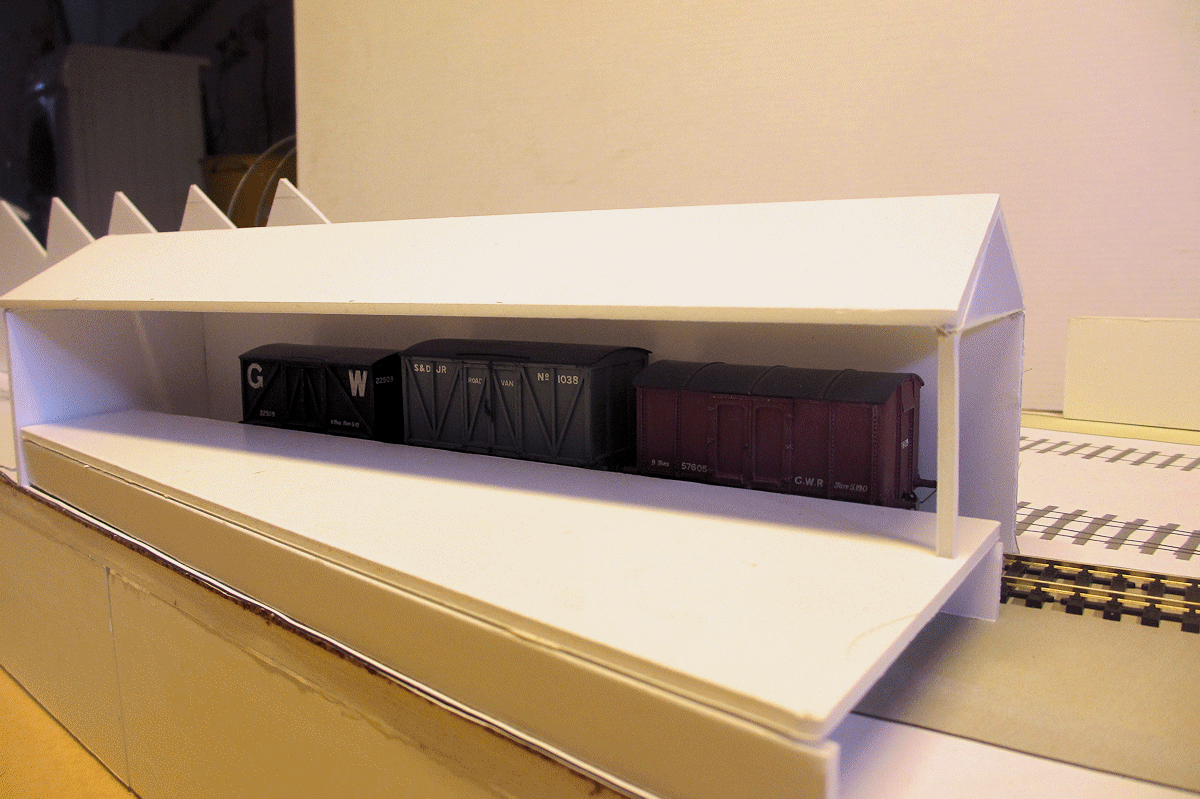
The shed in the “biscuit siding”, which will be based on the old beer shed at Stratford on Avon.

The waterworks siding. The intention was to have a low-relief backdrop but I don’t really like the whole set-up. It looks too cramped and makes it difficult to reach the fiddle yard. I may leave this siding without scenery and consider it “off-scene”.
As previously discussed, the idea is to use gravity shunting for the biscuit siding. The video above shows the basic concept with a 1:60 gradient and a single length of Peco track. I had hoped to achieve a slower roll (as this is not hump shunting), but it’s tricky to find the balance between the right speed and the desired length of the roll. The length of the gradient and the curve/turnout are critical factors, as is the wagon weight, wheel gauge, wheel type, bearings, rail type and the way each wagon interacts with another!
I have given up trying to work out some grand formula for the gravity shunting. Instead I'll follow a simple trial-and error approach. First step is to get the actual track and C+L turnout in place. Following this, I’ll use a small selection of wagons with similar qualities to set the final gradient. I may install retarders (eg toothbrush bristles) in selected hidden places such as inside the biscuit shed.
I’m thinking that, in practice, wagons would probably have been braked before they entered the biscuit shed, and then worked by other means into the shed. But on that one I’ll claim modeller’s license.
-
 18
18



19 Comments
Recommended Comments
Create an account or sign in to comment
You need to be a member in order to leave a comment
Create an account
Sign up for a new account in our community. It's easy!
Register a new accountSign in
Already have an account? Sign in here.
Sign In Now